FACT:
Toxic air in our backyard poses a significant threat to public health and sickens people in all our communities.
Pittsburgh ranks as one of the top 25 most polluted cities in the nation in regard to year-round particle pollution (PM2.5). [1, 3]
Allegheny County ranks in the top 1 percent of counties in the U.S. for cancer risk from air pollution. [2]
Our air poses a significant threat to public health with an increased risk of heart and lung disease, asthma, diabetes, cancer and premature death. [1, 3, 6]
Asthma, cardiovascular disease and stroke can be aggravated by short-term exposure to particulate pollution. [7]
Suspected carcinogens in air pollution are associated with lung cancer, bladder cancer and childhood leukemia. [6]
Air pollution may be the cause of neurodevelopmental disorders (autism spectral) and neurodegenerative disorders (Parkinson’s, ALS, Alzheimer’s), which have increased at alarming rates in recent decades. [6]
Low birth weight and developmental effects in babies are linked to chronic exposures to toxic air pollutants and particulate matter. [6]
Air pollution has been linked with pregnancy and birth complications among women living in Allegheny County, including increased risk of preeclampsia, gestational hypertension and preterm births. [1]
Fine particulate matter may alter metabolism in genetically susceptible populations, leading to higher body mass index (BMI) and obesity. [6]
Corporations like US Steel and Shell repeatedly violate air emissions regulations, and they seem undeterred by fines. [4, 5]
1. “State of the Air, 2024.” American Lung Association, 2024.
2. National Air Toxics Assessment and Cancer Risk in Allegheny County Pennsylvania Updated – May 2021. Cancer & Environment Network of Southwestern Pennsylvania
3. Pittsburgh’s Air Quality Data Analysis by John Graham, Ph. D., Clean Air Task Force 2024.
4. Allegheny County Health Department. Enforcement Actions. 2020-2024
5. Reid Frazier. “Shell’s air pollution violations result in $10 million fine for Beaver County ethane cracker.” State Impact Pennsylvania. May 25, 2023
6. Laden, F.; Schwartz, J.; Speizer, F.; and Dockery, D. “Reduction in Fine Particulate Air Pollution and Mortality: Extended Follow-up of the Harvard Six Cities Study,” 2006.
7. Kurt Straif, Aaron Cohen, Jonathan Sament, “Air Pollution and Cancer” Page 166-168 of the report, “Although the studies were limited in scope, the results indicate that the joint contribution may be substantial."
8. Pa. Dept. of Health Asthma Prevalence Fact Sheet 2021
9. “Case-Crossover Analysis of Air Pollution and Cardiorespirator Hospitalizations: Using
Routinely Collected Health and Environmental Data for Tracking"
10.The Lancet Commission on Pollution and Health, Oct. 19, 2017

Energy Innovation Center – Suite 140
1435 Bedford Avenue
Pittsburgh, PA 15219